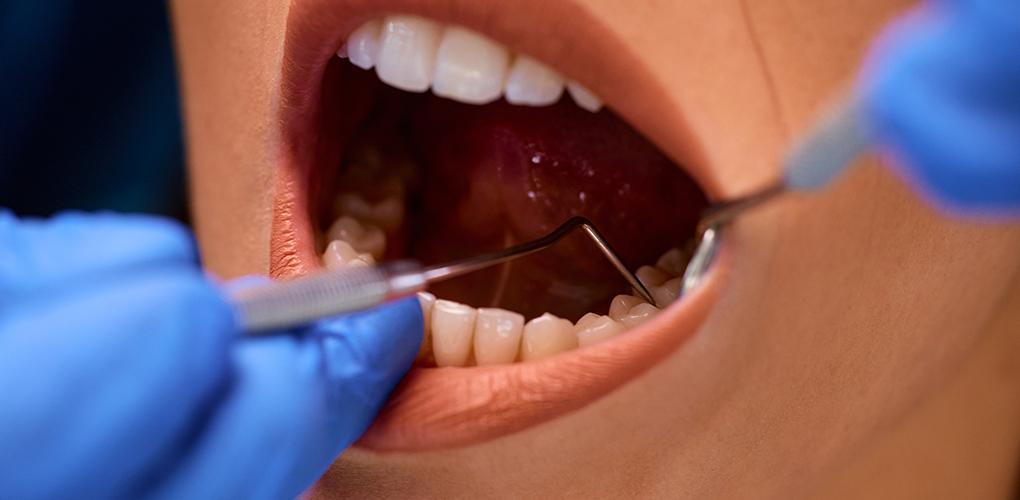Scaling and Root Planing
Gum diseases are one of the main causes of tooth loss in the adult population worldwide. Gum diseases begin with plaque (a thin sticky biofilm) buildup due to poor oral hygiene. This plaque buildup becomes harder causing gingivitis. Gingivitis can progress to periodontitis leading to the destruction of soft tissues and bone. Gum diseases can be managed at early stages with scaling and root planing.
Scaling and root planing are the dental procedures performed in routine dental practice. Scaling is the removal of bacteria and debris from tooth surfaces and below the gum line, while root planing is the smoothening of the root surface. Scaling and root planing can prevent gum diseases and maintain oral health.
What are Scaling and Root Planing?
Dental scaling and root planing is a two-step procedure used to treat early-stage gum diseases. The main purpose of scaling and root planing is to prevent advanced gum diseases.
- Scaling: This is the removal of bacteria, plaque, and food debris from tooth surfaces and below the gumline. Two types of dental scaling can be performed by dental practitioners: manual scaling or ultrasonic scaling.
- Root planing: It is the smoothening of root surfaces to remove tartar from the root surface. Root planing helps to reduce the depth of periodontal pockets and minimize the chances of accumulation of bacteria on root surfaces.
Benefits
- Improved oral health
- Improved aesthetics
- Keep breath fresh
- Reduce bacterial load
- Reduce the risk of gum diseases
- Reduced risk of tooth loss
Who Needs It?
Root planing and scaling is commonly referred to as deep cleaning. It involves the removal of tartar buildup from your teeth. It is recommended for every individual to get scaling done at least once a year to maintain oral health. However, this dental treatment is necessary for patients suffering from gum diseases.
Importance of Scaling and Root Planing
- Preventing Gum Disease: Scaling is the most common non-invasive dental procedure to treat and prevent gum diseases. Scaling and root planing can reduce gum inflammation by eliminating bacteria from below the gum line and from deep periodontal pockets.
- Reduce the risk of Tooth Loss: Advanced forms of gum disease can lead to tooth loss if left untreated. Scaling and root planing can prevent tooth loss by early intervention. This dental treatment can stop the destruction of supporting tissues by removing tartar buildup and bacteria below the gumline.
- Improving Overall Health: The mouth is considered a window to the rest of the body. Having a healthy mouth indicates that whatever a person is eating is free of harmful bacteria. Scaling and root planing eventually play an important role in the overall well-being of a person.
Recovery
Some patients might feel mild pain and discomfort after the procedure. Gums become tender and swollen for a shorter time. Some patients suffer from mild sensitivity for a few days after the procedure. Dentists prescribe antibiotics if gums are severely infected. Patients notice that gums are becoming healthy, and swelling is getting better after some time.
Dentists schedule a follow-up visit after 10-15 days after scaling and root planing to check the healing progress. Homecare oral hygiene plays an important role in the healing of gum tissues after scaling and root planing.
Aftercare Tips
- Avoid dark-staining foods and drinks
- Brush twice daily
- Use dental floss once a day
- Use mouthwash daily
- Limit frequent snacking
Complications
Gum diseases in the early stages do not damage gums or surrounding tissues. With time, gum diseases can progress and cause harm to the surrounding tissues.
- Sensitivity (Temporary)
- Bleeding gums
- Gum diseases
- Gum recession
- Risk of tooth decay
- Risk of tooth/bone loss

